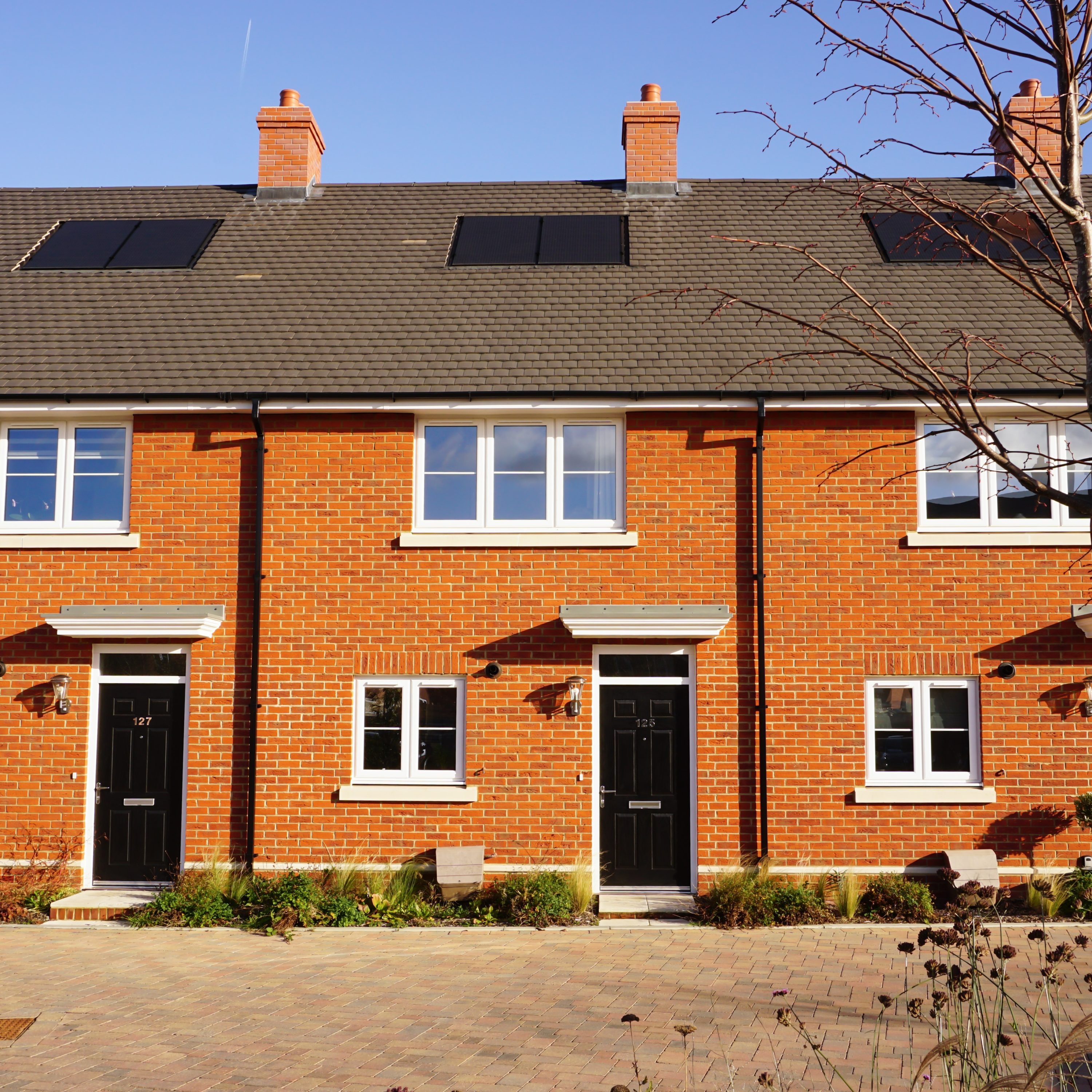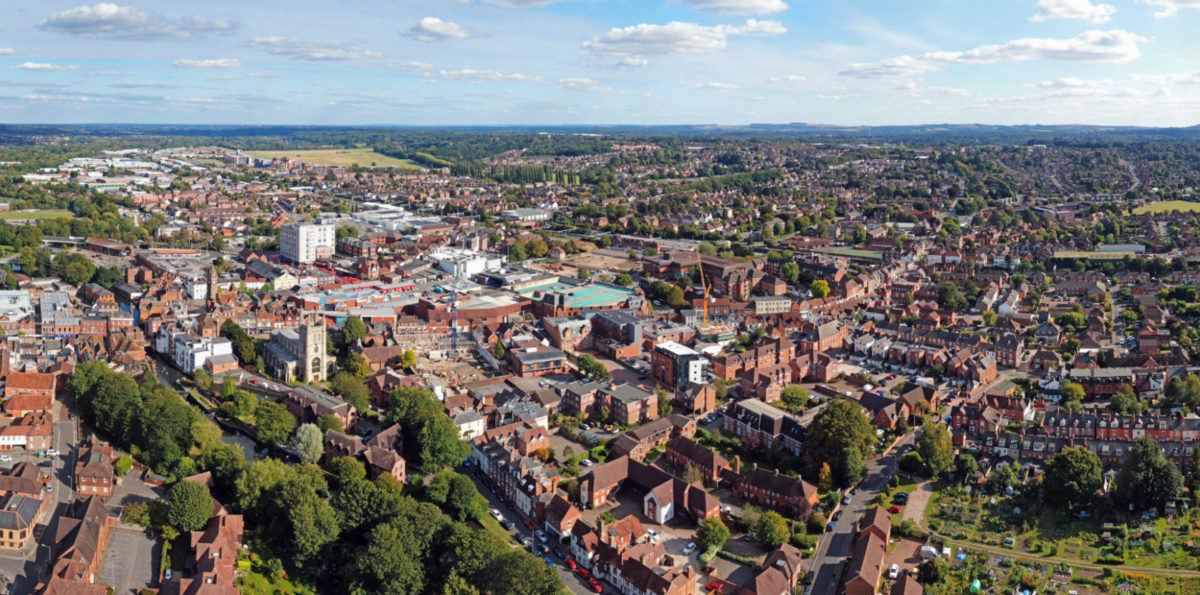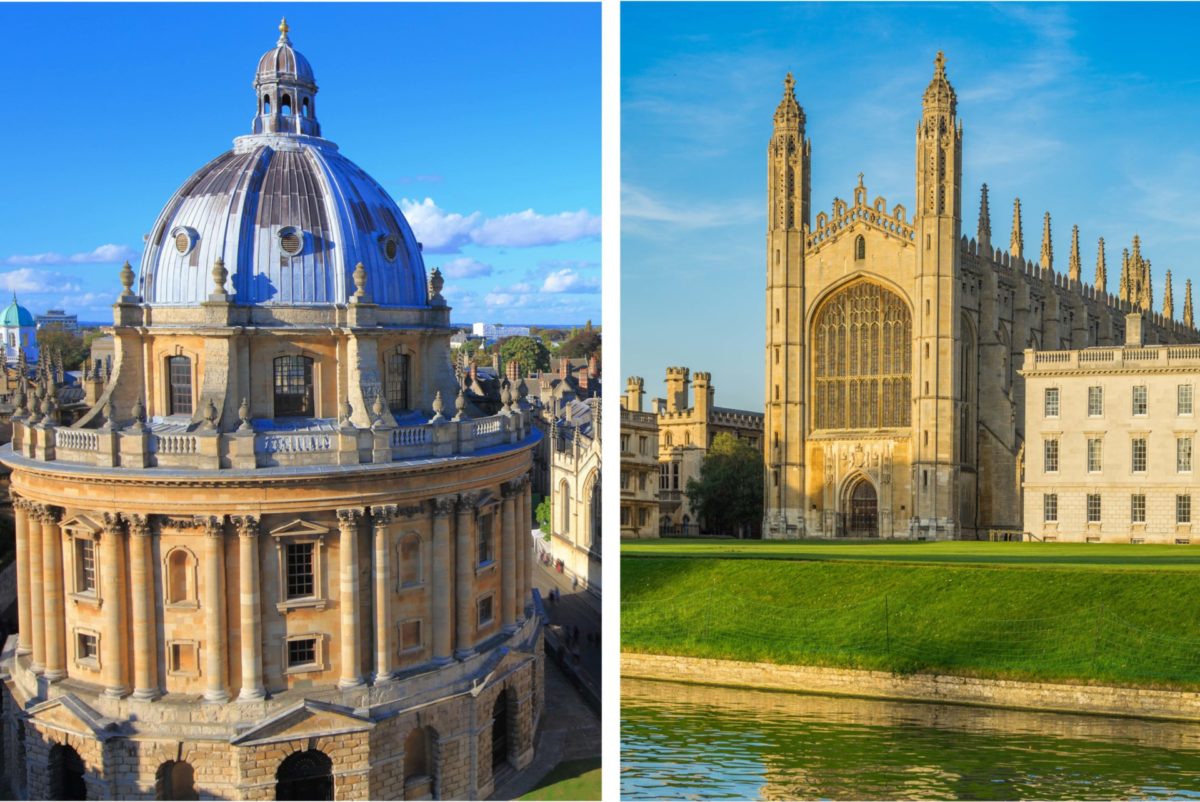

Increasing value of land where other forms of development would not be acceptable
The National Planning Policy Framework includes the concept of ‘entry-level exception’ housing. What is that you ask? Well, in essence, entry-level exception housing is that ‘suitable for first-time buyers or those looking to rent their first home’, which in some ways is an evolution of the concept of ‘starter homes’.
The rationale behind the concept of entry-level housing is to spread the burden of delivering affordable housing across as many qualifying settlements as possible, an ‘everywhere can bear a little’ scenario. This ethos fits with the Government emphasis on the delivery of small and medium-sized sites as an important contribution to meeting the housing need of an area.
The guidance on entry-level exception housing allows for sites that would not normally be considered acceptable for residential development (i.e. those outside built-up area boundaries and classed as open countryside) to come forward on the basis of making affordable housing provisions, similar to the long-standing principle of rural exception sites, but with slightly different qualifying criteria.
There are pros and cons of progressing an entry-level exception scheme:
Pros:
- Less onerous housing need justification necessary to support a scheme in comparison to rural exception sites, which makes it a lot easier to progress a planning application.
- Potential to secure more value than a standard affordable housing scheme on a site where development would not otherwise be acceptable.
Cons:
- Dependent on the size of the settlement the site is located in, the allowance of this policy can be fairly restrictive. Entry-level exception sites should not be larger than one hectare in size or exceed 5% of the size of the existing settlement.
It should also be noted that entry-level exception sites are not permitted in National Parks, Areas of Outstanding Natural Beauty or on land designated as Green Belt.
Where Development Plans are silent on entry-level exception sites, the NPPF can be relied upon as a material planning consideration in those circumstances. From what we have seen so far, Councils can have varying views on whether they would welcome entry-level exception housing sites based on two key factors:
- Local political pressures; and
- Their track record of maintaining a 5-year housing land supply.
However, there are Councils that are encouraging these types of development to come forward and, in some cases, provide positive guidance on their interpretation of the NPPF guidance on this matter.
Both entry-level exception sites and rural exception sites provide the opportunity to deliver a proportion of market housing to facilitate the delivery of affordable housing. The NPPF includes starter homes within the definition of affordable housing.
We work with landowners to promote entry-level exception housing schemes. These should be seen as an attractive proposition for landowners looking to secure a significant uplift in the value of their land and where other forms of development would not be acceptable.











